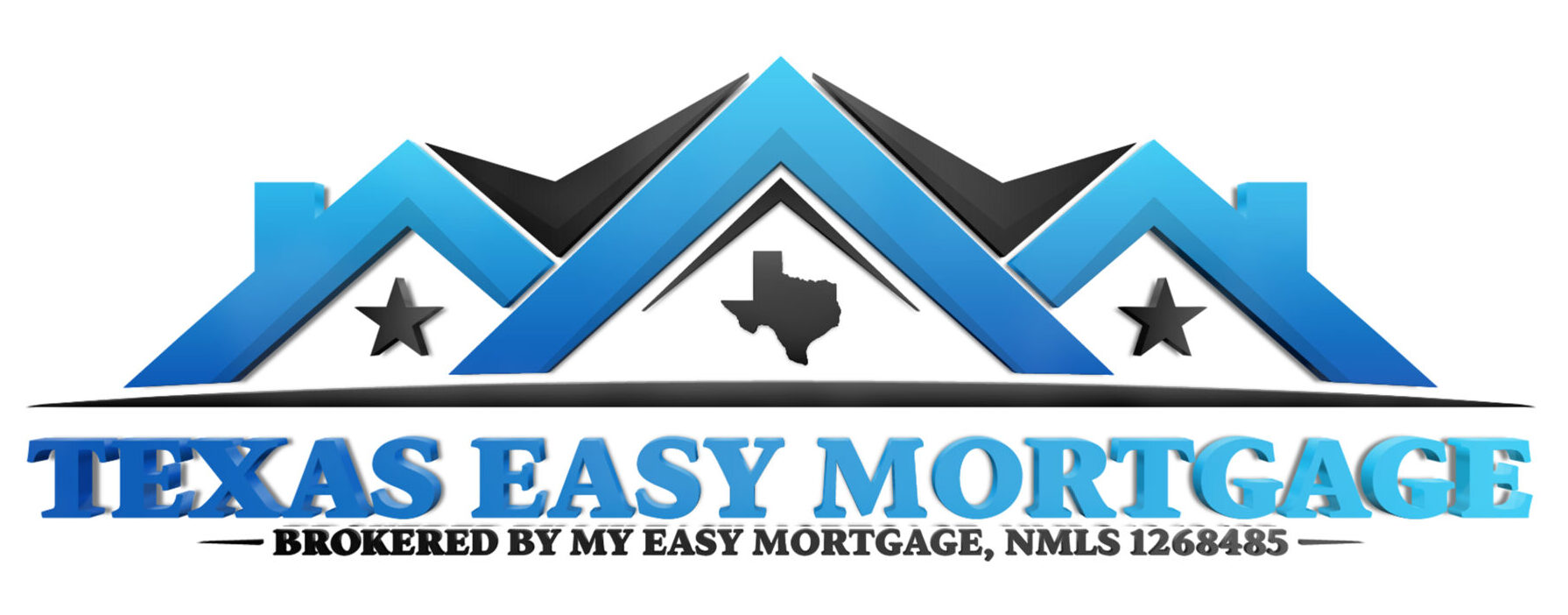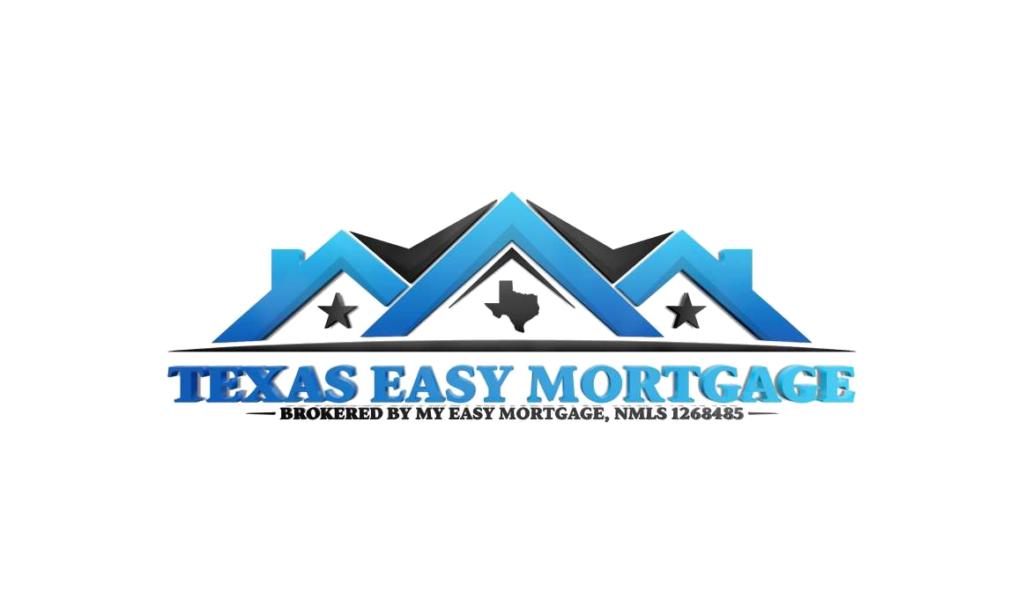WE’RE HERE TO HELP YOU
Get a Adjustable Rate Mortgage
Most homeowners get into adjustable-rate mortgages for the lower initial payment, and then usually refinance the loan when the fixed period ends. At that time, the interest rate becomes variable, or adjustable, and the homeowner would likely refinance into another ARM, something fixed, or sell the home outright.
The Lowdown on Adjustable Rate Mortgages...
An Adjustable Rate Mortgage (ARM) is a type of loan characterized by interest rates that can fluctuate over time, in contrast to a Fixed-Rate Mortgage where the interest rate stays the same throughout the loan term.
An ARM begins with an initial period where the interest rate is fixed, typically for 3, 5, 7, or 10 years, known as the “initial rate period.” During this phase, your interest rate remains unchanged, providing a degree of predictability in your early years of repayment. For example, if you take out a 5/1 ARM, the “5” represents the number of years the rate remains fixed, while the “1” indicates that the rate can adjust once every year after the initial period.
Following the initial rate period, the interest rate on an ARM can adjust periodically, usually annually. These adjustments are based on changes in a reference interest rate, often referred to as an “index,” plus a fixed margin. A commonly used index is the London Interbank Offered Rate (LIBOR). If the index rises, your interest rate and, consequently, your monthly payment increase. Conversely, if the index falls, your payment might decrease.
To illustrate, consider a $200,000 5/1 ARM with an initial rate of 3%. For the first five years, assuming no changes to the principal, your monthly payment would be approximately $843. But after this period, if the index rate has increased by 1%, your mortgage rate would adjust to 4%, increasing your monthly payment.
While the variability might sound risky, ARMs include protective features known as “caps” and “floors.” A cap limits how much the interest rate can increase at each adjustment period and over the life of the loan. A floor, on the other hand, sets a minimum rate below which your interest rate cannot fall, regardless of the index rate.
The main advantage of an ARM is that the initial interest rate is often lower than the rate for a comparable fixed-rate mortgage. If you’re someone who doesn’t plan on staying in your home for a long time, an ARM could be a more financially sensible option. For instance, if you’re certain you’ll be moving within the next five years, choosing a 5/1 ARM (where the rate is fixed for the first five years) might mean you’ll sell the house before the rate even has a chance to adjust.
Additionally, an ARM can also be beneficial if you anticipate an increase in your income in the future. If you’re confident your earnings will rise, you might be able to handle higher mortgage payments in the future when the interest rates adjust.
In conclusion, while an Adjustable-Rate Mortgage may appear complicated to a newcomer in the mortgage landscape, it can offer unique advantages, depending on individual circumstances. It’s always wise to carefully consider your long-term plans and risk tolerance and consult with a mortgage professional before deciding on the type of loan that is most suitable for your needs.


